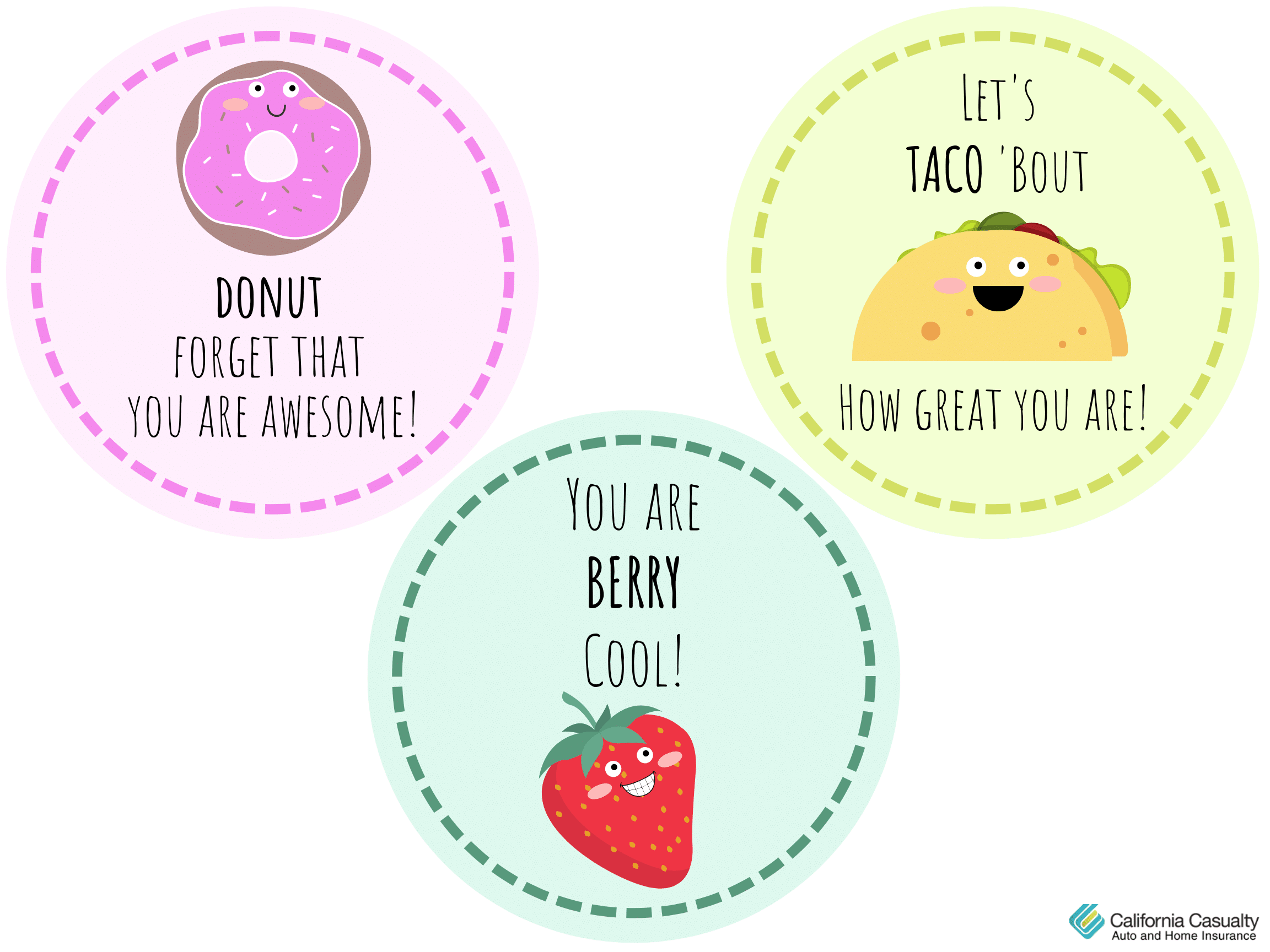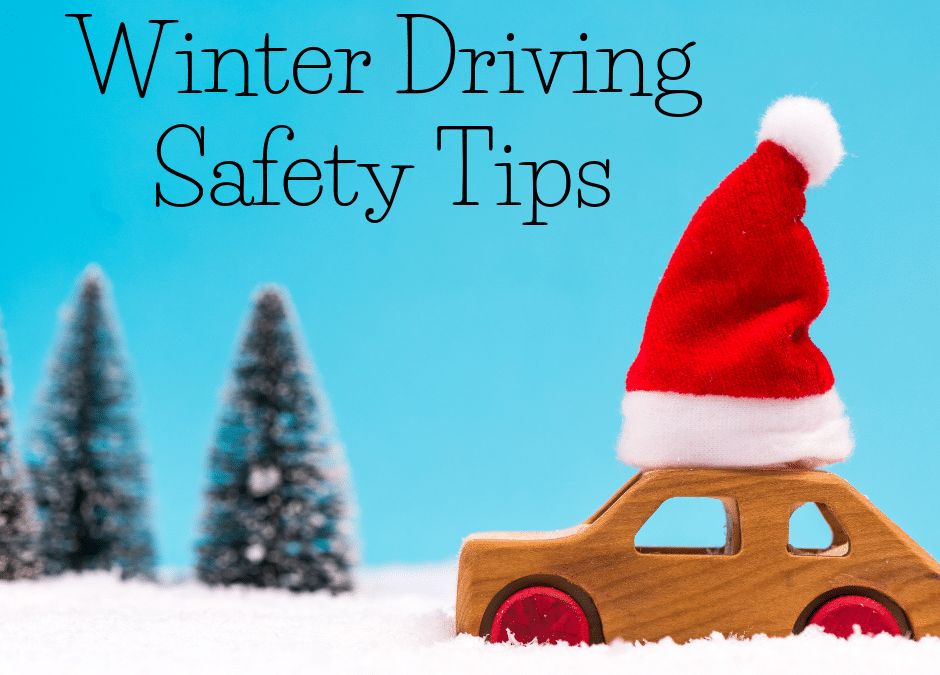
by California Casualty | Educators |
Want to have cute Valentines to pass out to your class, but don’t want to pay out-of-pocket? Download our free Valentine’s Day Educator Printables!
California Casualty has been insuring educators for over half a century, so we know the amount of stress you are under to find creative ways to teach on a tight budget. That is why we created Educator Printables- a library of printables that teachers can download to use in their lesson plans completely free of charge! You can view our Valentine’s Day Printable collection below or click here to view the whole library.
Just right click and save or drag to your desktop, Happy Valentine’s Day!
Valentine’s Day Treat Tags

Valentine’s Day Student Cards

Customizable Valentine’s Candy Hearts

If you have an idea for a printable or would like a custom printable with a special theme, your classroom motto, favorite quote, etc. send us a message on our Facebook page @CaliforniaCasualty and we will design your own personal Educator Printable for free. 🙂
This article is furnished by California Casualty, providing auto and home insurance to educators, law enforcement officers, firefighters, and nurses. Get a quote at 1.866.704.8614 or www.calcas.com.

by California Casualty | Auto Insurance Info, Safety |
Snowy and icy roads are the cause over a hundred thousand accidents every year, according to the US Department of Transportation. One of the most common, and arguably the most dangerous, parts about driving in the winter is hitting a hidden patch of ice called black...

by California Casualty | Auto Insurance Info, Safety |
Undoubtedly, when the roads are covered in snow and/or ice the best option is to just stay hunkered down at home. However, for the majority of us, that’s not an option. In fact, 70 percent of US roads are located in snowy regions. and each year over 116,000 people are injured driving in the snow and ice.
Accumulation on roadways reduces tire friction and vehicle maneuverability and greatly increases the risk of accidents. So, as winter approaches and you make the necessary preparations to your vehicle, make sure you remember these winter driving safety tips to ensure you arrive at your destination safely.
- Decrease your speed and leave yourself plenty of room to stop.
- Allow at least 3 times more space than usual between you and the car in front of you.
- Brake gently to avoid skidding.
- If your wheels start to lock up, ease off the brakes.
- Turn on your lights.
- This will make you more visible to other motorists.
- Keep your windshield clean.
- Once it has defrosted, keep the windshield wipers on to wipe away all falling snow and avoid it freezing over again.
- Use low gears to keep traction.
- Drive especially slow on hills to avoid rolling backward.
- Steer into a skid to avoid a crash.
- This means if your rear wheels are going right, gently steer in that direction.
- Keep an emergency kit in your car.
- This should include a first aid kit, flashlight, water, blankets, and snowmelt or sand/kitty litter.
- Be on the lookout for black ice.
- Black ice is barely visible and makes roadways, bridges, and overpasses extremely slick
- Don’t pass snow plows.
- The drivers have limited visibility, and you’re likely to find the road in front of them worse than the road behind.
- Don’t assume your vehicle won’t have problems.
- Even 4-wheel drive automobiles can have issues on ice and snow!
If your rear wheels skid…
- Take your foot off the accelerator.
- Steer in the direction you want the front wheels to go.
- If your rear wheels start sliding the other way as you recover, ease the steering wheel toward that side. You might have to steer left and right a few times to get your vehicle under control.
- If you have standard brakes, pump them gently.
- If you have anti-lock brakes (ABS), do not pump the brakes. Apply steady pressure to the brakes. You will feel the brakes pulse — this is normal.
If your front wheels skid…
- Take your foot off the gas and shift to neutral, but don’t try to steer immediately.
- As the wheels skid sideways, they will slow the vehicle and traction will return. As it does, steer in the direction you want to go. Then put the transmission in “drive” or release the clutch, and accelerate gently.
Stay warm & be careful out there!
This article is furnished by California Casualty, providing auto and home insurance to educators, law enforcement officers, firefighters, and nurses. Get a quote at 1.866.704.8614 or www.calcas.com.

by California Casualty | Homeowners Insurance Info, Safety |
No doubt, one of the best parts about the Holiday Season is gathering and spending time with close family and friends, but when you are the host it can become a bit stressful. With the holidays coming up soon, here are a few last-minute tips to help you and your home...
by California Casualty | Calcas Connection, In Your Community |
Working with you at schools, higher ed campuses, law enforcement offices, fire stations and hospitals provides us many opportunities to give back. Staff members at our Service Centers, Home Office and our Partner Relations team live in your communities, and we all pitch in to help with various fundraisers and recognition events.
We recently celebrated the extraordinary care that nurses give to others with $1,000 Nurse’s Night Out awards that went to Ohio RN Marie C. and Oregon RN Dina D. Both are members of their respective nurses associations. With holiday shopping and travel, both nurses said the money comes at a great time.

Marie (second from left) receiving her Nurse’s Night Out award

Dina (center) receiving her Nurse’s Night Out award
 Our Illinois Field Marketing Manager, Katie Dunn, was given a great honor this fall by the Illinois Firefighters Association. As a token of appreciation for all the dedication she has shown to IFA and their members’ safety, they presented Katie with a white helmet naming her an honorary fire chief of the IFA. “Katie is always there to support the IFA in its efforts to make the fire service better for the men and women who wear the uniform,” remarked Terry Ford, VP of the IFA. “Her tireless energy, dedication and willingness to help with IFA programs and events demonstrate her caring for our members.”
Our Illinois Field Marketing Manager, Katie Dunn, was given a great honor this fall by the Illinois Firefighters Association. As a token of appreciation for all the dedication she has shown to IFA and their members’ safety, they presented Katie with a white helmet naming her an honorary fire chief of the IFA. “Katie is always there to support the IFA in its efforts to make the fire service better for the men and women who wear the uniform,” remarked Terry Ford, VP of the IFA. “Her tireless energy, dedication and willingness to help with IFA programs and events demonstrate her caring for our members.”

Alina with Louis Manzione, President of the Independent College Fund of New Jersey
Another prestigious honor was given to Accounts Relations Manager Alina Fayerman. Alina works incredibly hard for the New Jersey groups that California Casualty serves and was named this fall to the Board of Trustees of the Independent College Fund of New Jersey. Alina, who received a scholarship from the fund when she attended Drew University, will actively give back by helping with marketing expertise and support for the state’s independent colleges and universities.
California Casualty employees also participated in charity events, giving back to their communities. One was the very moving “Out of the Darkness” walk to prevent suicide. California Casualty Senior Field Marketing Manager, Sherry Hanacek, joined hundreds of people on a drizzly, cold September morning. She was supporting past president of the Oregon Volunteer Firefighters Association Dave Butler and his wife, Anita, who suffered the loss of their son. Dave organized the walk, which raised more than $20,000 for the cause.

At our Colorado Springs Service Center, the November fundraiser was for Silver Key Senior Services. Every day can be difficult for elderly shut-ins, but the holidays can be especially tough. Hundreds of pounds of food, kitchen necessities, and personal care items (enough to fill a pickup truck) were collected and donated to help seniors in need. The donations will supplement Silver Key’s food pantry and home-delivered meals program.

And through our many visits to schools across the nation, we created a new Music and Arts Grant program to aid creativity in schools, such as choir, band, dance, film, theater, computer arts and graphics, or any K-12 curriculum that employs art for learning. After we reviewed nearly a thousand applications, 139 public schools in 31 states received a total of $34,000 to help provide music, instruments, and art and performance necessities. Some of those included:

- Purchasing special adaptive instruments for the Special Education Center at Mark Twain School in Garden Grove, CA, that serves special needs and medically fragile students
- Supplying watercolor sets for third-grade students at Homer Davis Elementary School in Tucson, AZ
- Reestablishing the art program to third graders at Arcadia Elementary School in Deer Park, WA
- Providing adaptive instruments and technology to expand the music therapy program for students at the ACES Village School in North Haven, CT
- Buying an additional camera to allow more students to participate in the photography program at Filer High School in Filer, ID
The entire list of Music and Arts grantees can be found at www.calcas.com/-/2019-music-and-arts-grant-recipients.
Public K-12 schools needing funding for an arts or performance program can apply for the 2020 Music and Arts Grant from California Casualty at www.calcasmusicartsgrant.com.
TAKEAWAY: Follow the many ways California Casualty celebrates all that you do at our Facebook page, www.facebook.com/CaliforniaCasualty.
Read Next:
How We’re Listening and Learning From You
Ways To Protect Your ID When Shopping Online
Here’s Free Help If You’re A Victim Of ID Theft










 Our Illinois Field Marketing Manager, Katie Dunn, was given a great honor this fall by the Illinois Firefighters Association. As a token of appreciation for all the dedication she has shown to IFA and their members’ safety, they presented Katie with a white helmet naming her an honorary fire chief of the IFA. “Katie is always there to support the IFA in its efforts to make the fire service better for the men and women who wear the uniform,” remarked Terry Ford, VP of the IFA. “Her tireless energy, dedication and willingness to help with IFA programs and events demonstrate her caring for our members.”
Our Illinois Field Marketing Manager, Katie Dunn, was given a great honor this fall by the Illinois Firefighters Association. As a token of appreciation for all the dedication she has shown to IFA and their members’ safety, they presented Katie with a white helmet naming her an honorary fire chief of the IFA. “Katie is always there to support the IFA in its efforts to make the fire service better for the men and women who wear the uniform,” remarked Terry Ford, VP of the IFA. “Her tireless energy, dedication and willingness to help with IFA programs and events demonstrate her caring for our members.”


